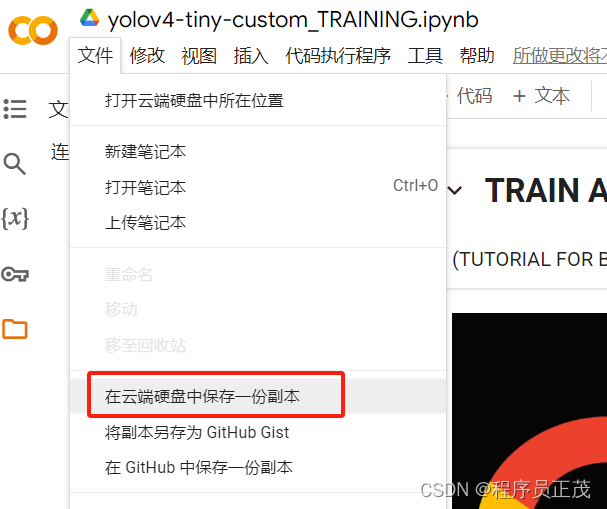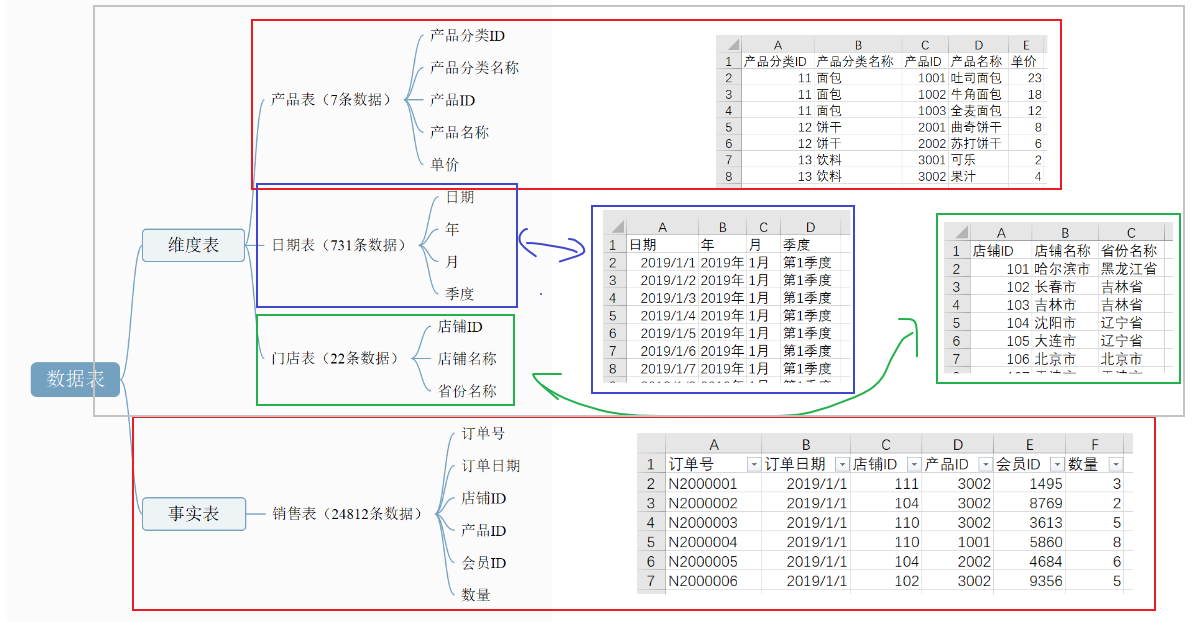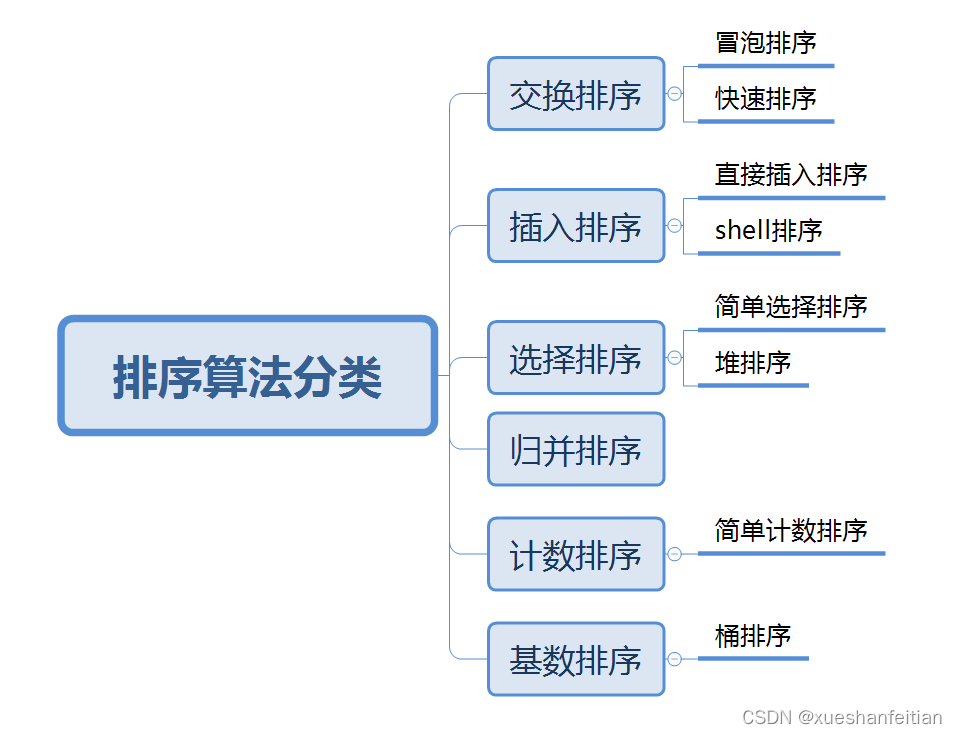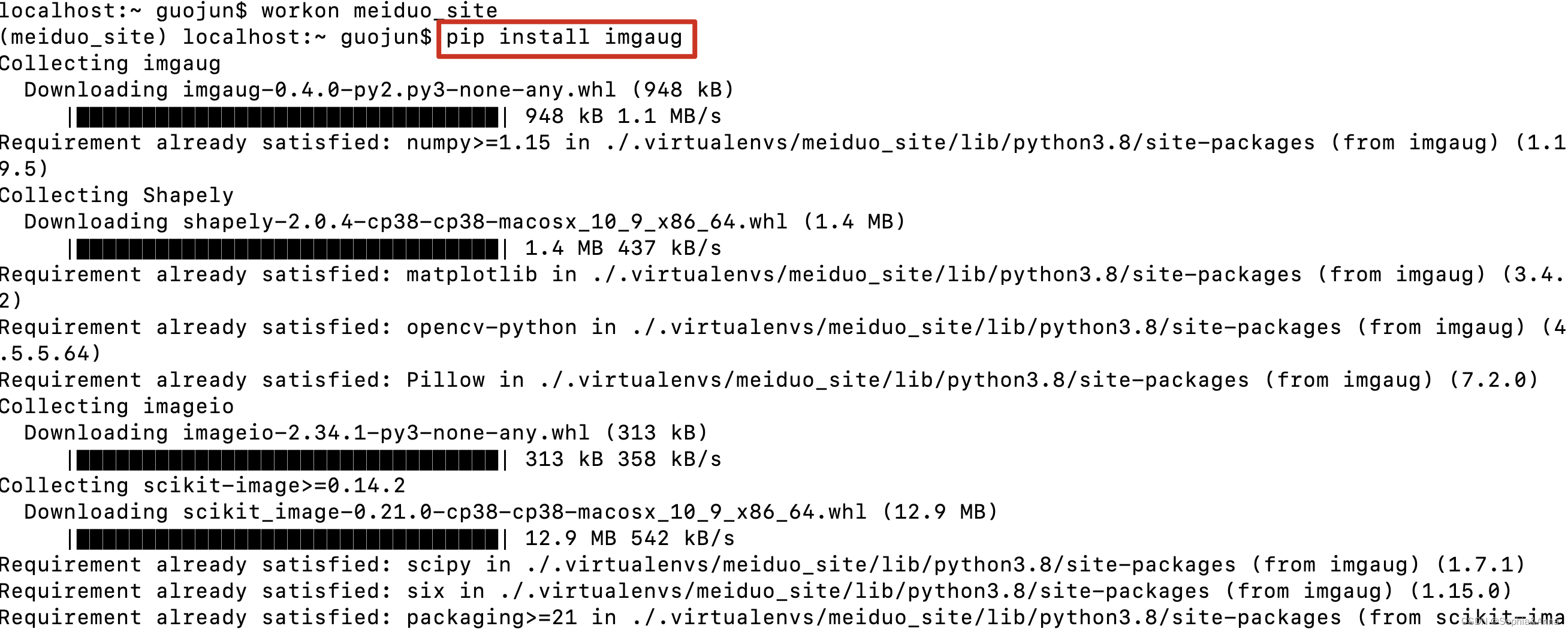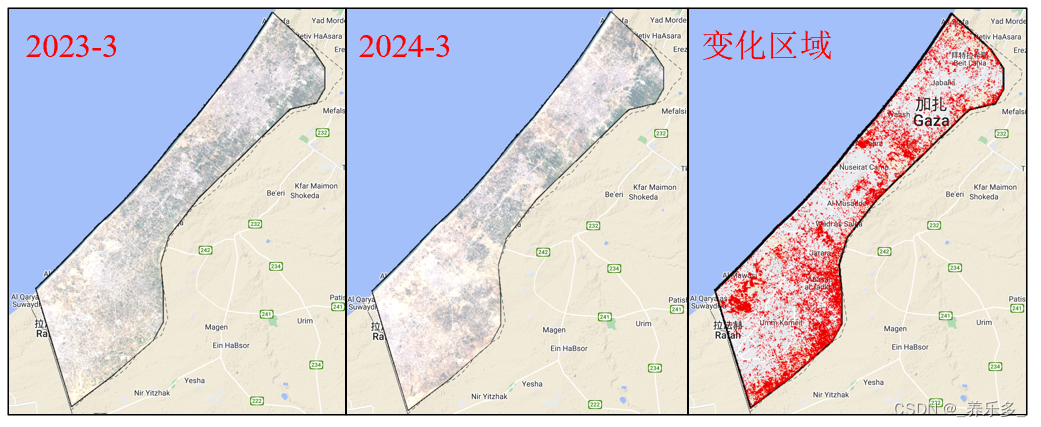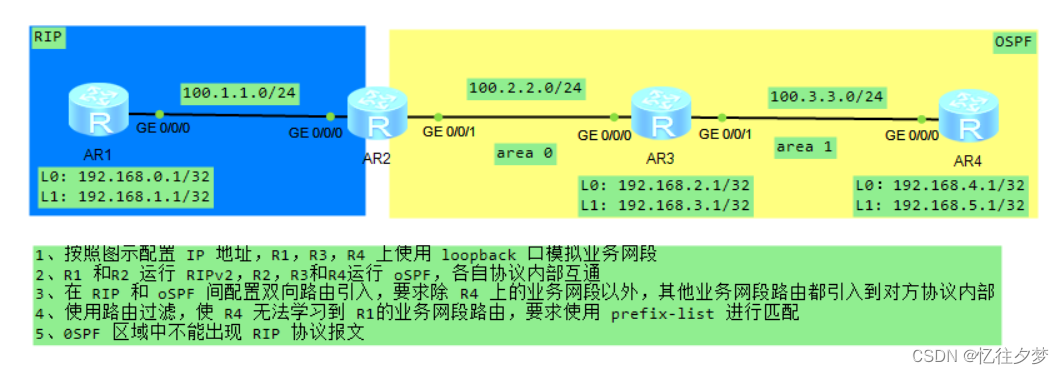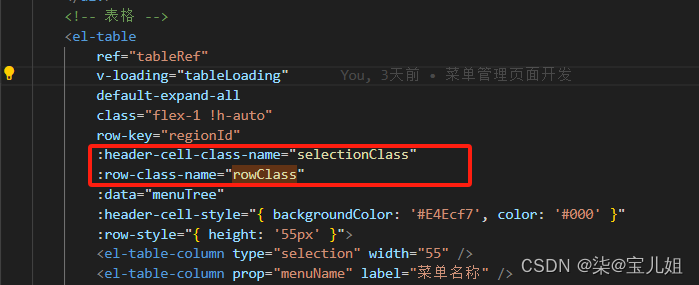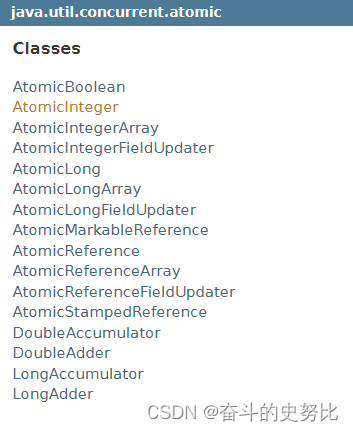import numpy as np
import matplotlib.pyplot as plt
import torch
import torch.nn as nn
import torch.optim as optim
import torch.nn.functional as F
from torch.utils.data import DataLoader, TensorDataset
from sklearn.model_selection import train_test_split
# 生成数据集
def generate_data(num_samples, seq_length):
# 生成正弦波形数据(类别0)
half_num_samples=num_samples//2 # 整除
x_sin = np.array([np.sin(0.06 * np.arange(seq_length) + np.random.rand()) for _ in range(half_num_samples)])
y_sin = np.zeros(half_num_samples, dtype=np.int64)
# 生成余弦波形数据(类别1),频率略有不同
x_cos = np.array([np.cos(0.05 * np.arange(seq_length) + np.random.rand()) for _ in range(half_num_samples)])
y_cos = np.ones(half_num_samples, dtype=np.int64)
# 合并数据
x = np.concatenate((x_sin, x_cos), axis=0)
y = np.concatenate((y_sin, y_cos), axis=0)
# 打乱数据
indices = np.arange(num_samples)
np.random.shuffle(indices)
x = x[indices]
y = y[indices]
# 转换为pytorch张量,LSTM需要3D tensor [batch, seq_len, features],
# 所以用unsqueeze(2)在第二个维度上增加一个维度
x_tensor = torch.tensor(x, dtype=torch.float32).unsqueeze(2)
print('x_tensor.shape:',x_tensor.shape) # x_tensor.shape: torch.Size([1000, 100, 1])
y_tensor = torch.tensor(y, dtype=torch.int64) # y_tensor.shape: torch.Size([1000])
print('y_tensor.shape:',y_tensor.shape)
return x_tensor, y_tensor
# LSTM分类模型
class LSTMClassifier(nn.Module):
def __init__(self, input_dim, hidden_dim, output_dim, n_layers):
super(LSTMClassifier, self).__init__()
self.hidden_dim = hidden_dim
self.n_layers = n_layers
# LSTM Layer
self.lstm = nn.LSTM(input_dim, hidden_dim, n_layers, batch_first=True)
# 全连接层(Fully connected layer)
self.fc = nn.Linear(hidden_dim, output_dim)
# forward方法在模型训练时会自动调用
def forward(self, x):
# 用零初始化隐藏层的状态
h0 = torch.zeros(self.n_layers, x.size(0), self.hidden_dim).requires_grad_()
# 用零初始化细胞状态
c0 = torch.zeros(self.n_layers, x.size(0), self.hidden_dim).requires_grad_()
out, (hn, cn) = self.lstm(x, (h0.detach(), c0.detach()))
out = self.fc(out[:, -1, :])
return out
# 训练模型
def train_model(model, train_loader, criterion, optimizer, num_epochs):
for epoch in range(num_epochs):
for i, (sequences, labels) in enumerate(train_loader):
# Forward pass
outputs = model(sequences)
loss = criterion(outputs, labels)
# Backward and optimize
optimizer.zero_grad()
loss.backward()
optimizer.step()
if (i+1) % 100 == 0:
print(f'Epoch [{epoch+1}/{num_epochs}], Step [{i+1}], Loss: {loss.item():.4f}')
# 评估模型
def evaluate_model(model, test_loader):
model.eval() # Set model to evaluation mode
with torch.no_grad():
correct = 0
total = 0
for sequences, labels in test_loader:
outputs = model(sequences)
_, predicted = torch.max(outputs.data, 1)
total += labels.size(0)
correct += (predicted == labels).sum().item()
print(f'Accuracy of the model on the test sequences: {100 * correct / total} %')
if __name__=='__main__':
# ----------------- 生成样本数据 -----------------
num_samples = 1000 # 训练总样本数
seq_length = 100 # 每个样本的序列长度(可以看作是特征的长度)
x_data,y_data = generate_data(num_samples, seq_length) # 产生总的样本
x_train, x_test, y_train, y_test = train_test_split(x_data, y_data, test_size=0.2, random_state=2)
# ----------------- 数据加载器 -----------------
batch_size=64
train_loader = DataLoader(TensorDataset(x_train, y_train), batch_size=batch_size, shuffle=True)
test_loader = DataLoader(TensorDataset(x_test, y_test), batch_size=batch_size, shuffle=False)
# ----------------- 可视化数据 -----------------
plt.figure(figsize=(12, 6))
for i in range(6):
plt.subplot(2, 3, i+1)
plt.plot(x_train[i].numpy().flatten(), label=f"Class {y_train[i].item()}")
plt.legend()
plt.tight_layout()
plt.show() # 不想看数据,可以注释掉这行
# ----------------- 超参设定 -----------------
input_dim = 10 # 输入特征的维数
hidden_dim = 50 # LSTM 隐藏层的维度
output_dim = 2 # 输出的维度(分类的类别数)
n_layers = 1 # 堆叠的 LSTM 层的数量(默认为1层)
# ----------------- 创建模型 -----------------
model = LSTMClassifier(input_dim=1, hidden_dim=50, output_dim=2, n_layers=1)
criterion = nn.CrossEntropyLoss() # 损失函数
optimizer = optim.Adam(model.parameters(), lr=0.01) # 优化器
# ----------------- 训练模型 -----------------
train_model(model, train_loader, criterion, optimizer, num_epochs=10)
# ----------------- 评估模型 -----------------
evaluate_model(model, test_loader)
尚未发表的创新点!基于QRBiGRU的多变量回归区间预测!直接替换Excel数据即可用!
2024-04-23 08:30:07 38 阅读



